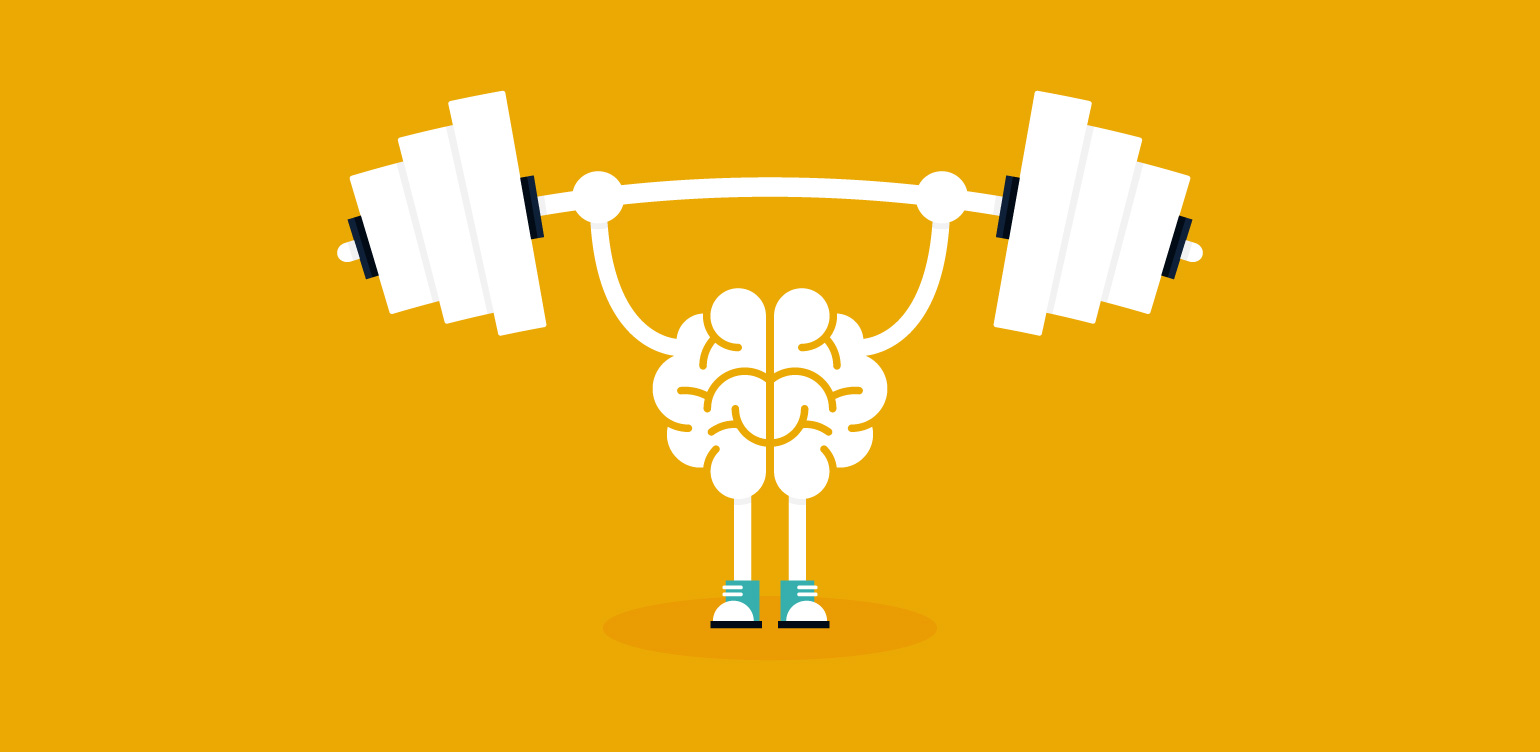
By Jay Keener, LCSW
In my readings in psychology and health there is a theme that recurs, seemingly on an endless loop…. that exercise is really, really good for us. Most of the articles start out with, “we know exercise is good for you” and then go on to give more evidence as to why it’s good for you. None of these articles are about exercise being bad for you. It’s like the research on fruits and vegetable intake; there is little to no downside to eating our veggies or moving. I have arrived at the conclusion that the very best thing we can do for our bodies and brains at any given moment is to move. Unfortunately, many of us are moving less as we isolate in our homes.
I want to go into the emotional and cognitive benefits of exercise and how it affects our brains and central nervous systems rather the well-known benefits to other systems of the body. Exercise has a profound effect on mood and can modulate mild to moderate depression as well as anti-depressants. It has an equally profound effect on stress. It seems that by engaging the central nervous system in “flight” or movement, we can burn off the “flight or fight” stress hormones like cortisol, norepinephrine, and adrenaline. In adults it can block the stress hormone, cortisol, which in large amounts is destructive to the memory center of our brains, the hippocampus. In children, the research has overwhelmingly proven that exercise so consistently benefits learning that The Janus School has made a concerted effort in the last 3-4 years to have our students move as much as we can inside the classroom and out.
That’s all well and good, but here’s the thing, we are in virtual learning and many of us are practically in isolation. Our students are stuck at kitchen tables and on sofas in front of their computers falling ever short of the 60 minutes a day recommendation for kids and teenagers. If you add up all the movement breaks, active learning, physical education, and break, as well as simply moving from class to class that school provides, I believe many of our students are getting far less exercise at home. Theoretically, this lack of movement could promote greater levels of stress and low mood, two things we don’t need any more of right now!
A recent NY Times article talked about ways to get children moving during the pervasive pandemic inertia. A couple of the ideas; starting a running club and forming a neighborhood bike gang, may not be reasonable for many of our socially challenged students. But I do like the idea of jumping rope, there are many YouTube videos of this latest craze, and also hiking with family and friends. They point out that having other kids to hike with is key for getting kids on the trail.
Another simple way to get everyone in the family to be more active is to create a formal, or informal, step challenge. Just about everyone carries a pedometer on their phones and most kids, teens at least, have their phones on them all the time. Simply record daily steps and see if the kids can beat the parents, each other, or just themselves. A step beyond this is to use a pedometer or running app to go on virtual hikes. It’s possible to watch video of hikes through scenic areas while on a treadmill or you can download a free or cheap app that keeps track of your progress through any part of the world.
It might be fun to look up historic sites and information in areas you “walk” through. Dogs are excellent personal trainers and walking the dog can be a daily chore for many children. The bottom line, as always, is that we as parents and teachers are the role models and often need to be setting the tone, example, and prodding for exercise.